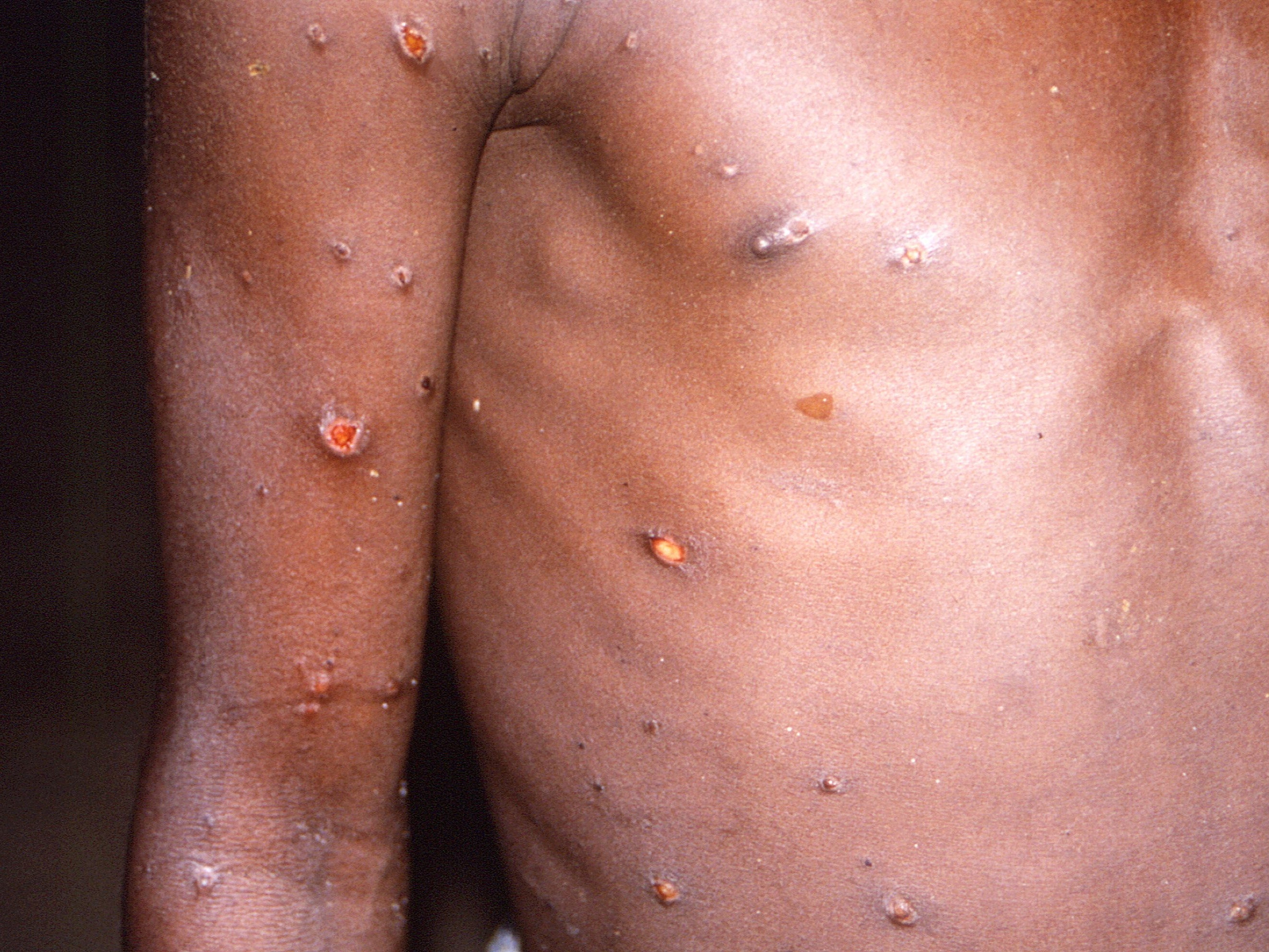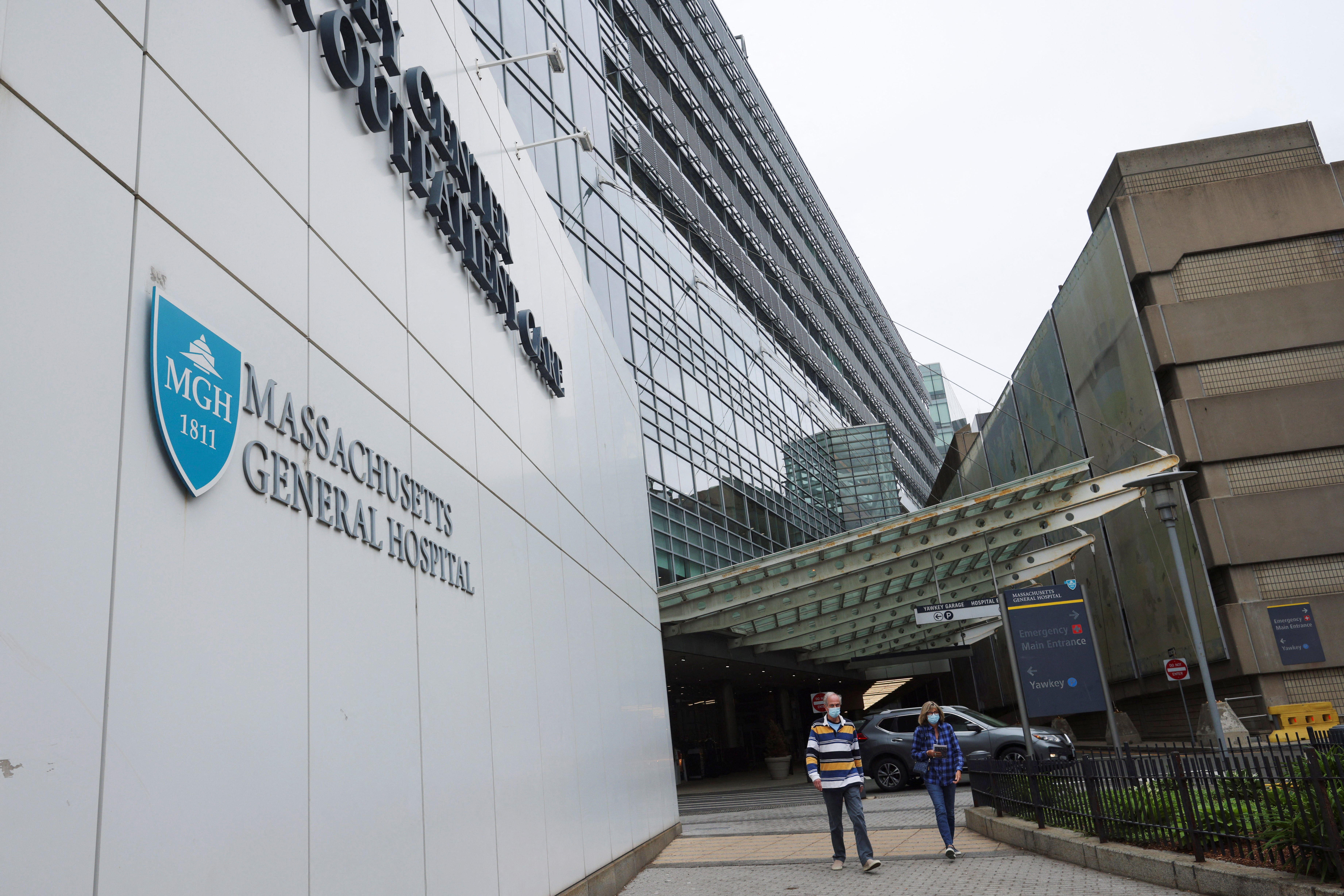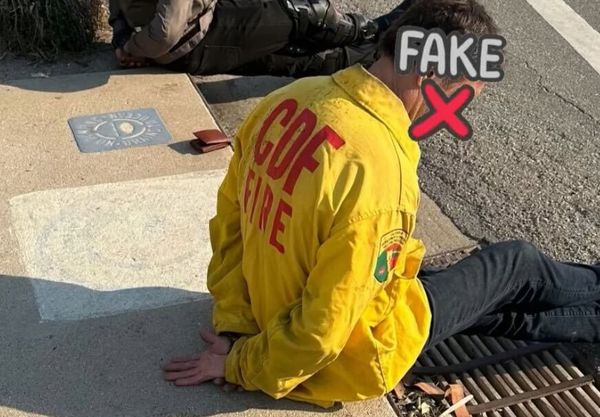
US officials are rushing to buy 13 million doses of Monkeypox vaccines after the first case of the rare infection was confirmed on US soil and a new possible case has been detected in New York.
The US government has placed an $119m order with Bavarian Nordic for the Jynneos vaccine, which is effective against both the Monkeypox virus and Smallpox, the biotech company revealed.
A further $180m is also ready and waiting to buy even more vaccines if or when it is needed, altogether enabling the country to get 13 million doses into the arms of the American people.
The move comes as the New York City Department of Health and Mental Hygiene confirmed it is investigating a possible Monkeypox case in the Big Apple.
The patient, who is showing some symptoms of the virus, is being treated and held in isolation at Bellevue Hospital in the heart of Manhattan.
Health officials are currently awaiting test results to confirm the potential case.
If preliminary tests come back positive from the Health Department’s Public Health Lab, they will be sent to the US Centers for Disease Control and Prevention (CDC) for confirmation, the agency said in a press release.
Contact tracing is already underway to track down anyone who may have come into close contact with the patient as health officials are desperate to avoid a repeat of the Covid-19 crisis which crippled the city’s healthcare system.
In the early days of the pandemic in spring 2020, New York City rapidly became the global virus epicentre, with 815 lives lost in a single deadliest day in April of that year.
Hospitals were on the brink of collapse as healthcare workers were overwhelmed with sick patients and bodies piled up in refrigerated trucks across the city.
While Monkeypox is less contagious than Covid-19 and an effective vaccine is already available, the World Health Organization has started holding daily emergency meetings on the infection as cases continue to spread across the globe.

In the US, the CDC is urging the public not to panic while the agency is investigating at least six other possible cases of the infection.
The six individuals are being monitored after they sat near an infected traveller on a flight from Nigeria to the UK earlier this month, the CDC said.
None of the six individuals are presenting any symptoms for Monkeypox and are said to be heathy and at low risk of contracting Monkeypox.
The New York patient – who is displaying symptoms – appears not to be included in the six.
CDC official Jennifer McQuiston told CNN that “the general public should not be concerned” about the sudden rise in infections of the rare illness.
“We have a level of scientific concern about what we’re seeing because this is a very unusual situation,” she said.
“Monkeypox is normally only reported in West Africa or Central Africa, and we don’t see it in the United States or in Europe – and the number of cases that are being reported is definitely outside the level of normal for what we would see.
“At the same time, there really aren’t that many cases that are being reported – I think maybe a dozen, a couple dozen – so, the general public should not be concerned that they are at immediate risk for Monkeypox.”
This comes after a Massachusetts man became the first confirmed case on US soil this year.
On Wednesday, the Massachusetts Department of Public Health announced the case in the man who had recently returned from a trip to Canada where he had travelled in private transport.
The patient is in a good condition in Massachusetts General Hospital.

The state agency said that there is “no risk to the public” and that it is working closely with the CDC and other health officials to identify anyone who may have been in contact with the patient while he was infectious.
Two cases of the infection were reported in the US last year, the last time being in November when an American tested positive after returning to Maryland after a trip to Nigeria.
In July, another case was confirmed in Texas in a US citizen who had also travelled from Nigeria to the US on two commercial flights.
In both of these cases, no additional cases were detected in the US after health officials carried out contact tracing and monitored any close contacts of the individuals.
It was 2003 when the first ever case of human Monkeypox was detected on US soil – and the first ever confirmed outside of Africa – when the nation witnessed an outbreak across six states.
In total, 47 confirmed and probable cases were reported in Illinois, Indiana, Kansas, Missouri, Ohio, and Wisconsin.
All of the patients contracted the infection after coming into contact with pet prairie dogs which had been held near imported small mammals from Ghana, according to the CDC.
The latest case in the US comes as cases have sprung up across several countries that don’t normally report Monkeypox since the start of May.
Aside from the US, cases have now also been detected in Canada, the UK, Australia, Spain, Portugal, France, Germany, Italy and Sweden.
It is not yet clear how the individuals were exposed to the rare infection – which doesn’t naturally occur in the US or Europe.
The virus is originally believed to spread from animals to humans, before it then spreads human-to-human through close contact with an infected individual.
Experts are currently exploring a possible spread through sex after recent confirmed cases include men who said they had had sex with other men.
Symptoms are said to be similar to smallpox and include fever, headache, chills, muscle aches, and exhaustion.
After around one to three days of fever, the patient typically develops a rash on the face, before it spreads to other parts of the body.
Lesions on the body go through various stages before eventually falling off.
The main difference between symptoms of smallpox and monkeypox is that monkeypox causes lymph nodes to swell, according to the CDC.
In most cases, symptoms are mild but the virus has been fatal in around one in 10 cases in Africa.
Monkeypox was first detected in monkeys in 1958 when two outbreaks of a pox-like disease were detected in animals kept for researach.
The first ever human Monkeypox case was recorded in the Democratic Republic of Congo back in 1970.







